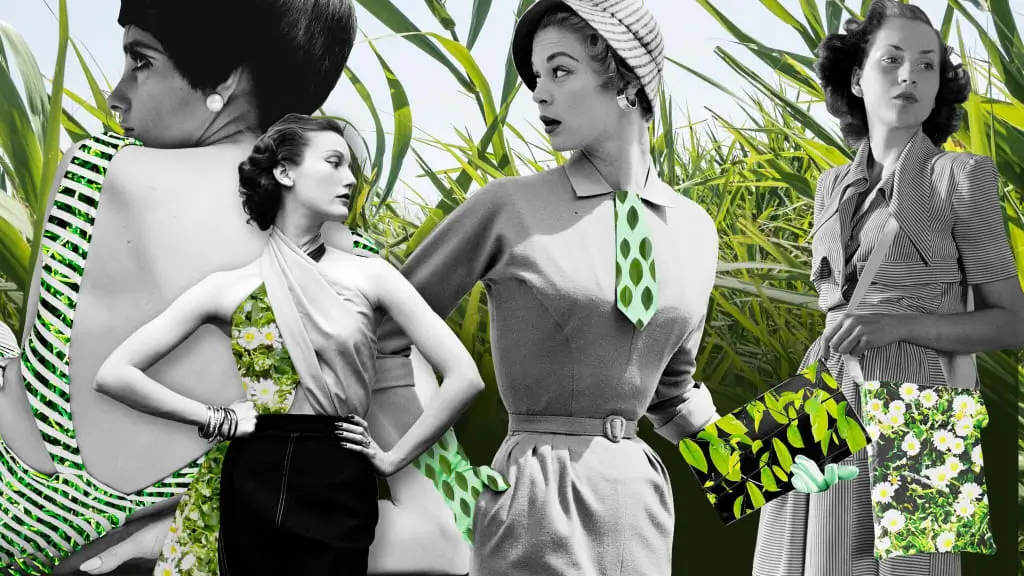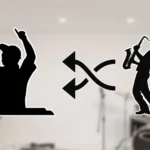Before reading The Shift, please look at the following Introduction. The fashion industry is notorious for producing glamorous yet environmentally and ethically questionable designs. This movement is changing how consumers think about fashion: the approach is now more conscious and responsible.
The need for sustainable fashion As people become more conscious about the environment, many companies are now compelled to seek sustainable solutions. The fashion industry is one of the largest polluters in the world, claiming water pollution, overproduction, and greenhouse gases. To this, brands are using environmentally friendly fabric material, cutting down on production wastage, and using sustainable methods in the manufacturing process.
Main Components of Sustainable fashion
Eco-Friendly Materials:
Dress materials have shifted from conventional synthetic fibers to organic cotton, recycled polyester, Tencel, and bamboo fiber, which are standard. These materials help decrease the usage of nonrenewable resources and the harm they do to the environment.
Ethical Labor Practices:
Protection of workers’ rights involves matters concerning wages, safety, and treatment of the employees. Such trademarks as FAIR FOR LIFE – Fair Trade Certified” or impressive campaigns that call for supply chain transparency are becoming more evident.
Circular Fashion:
Stressful on recycling, upcycling, and creating sustainable, high-quality garments that do not fade in and out of trend as fast conventional fashion.
Brands Driving Change
Being a head of the pack of other fashion brands, Patagonia, Stella McCartney, and Eileen Fisher have embraced sustainable fashion. Environmentalism and durable product development are essential to the Patagonia brand’s ethos. Stella McCartney uses unique materials in her designs and makes PETA-approved vegan clothes; even Eileen Fisher, who does not advertise her clothes as vegan, creates simple, classic clothes that do not need to be excessively unsustainable.
Consumer Responsibility and Sustainable Consumption
Consumers are responsible for fostering fashion. Thus, conscious consumption is a change in the manner of selecting products, with a preference towards product quality and being selective in favor of supporting brands associated with certain principles. Some depot stores and ThredUp are platforms through which used clothes are exchanged, thus avoiding fashion production and manufacturing.
Use of Technology in the Advancements of Sustainability
The use of technology is crucial in fashion sustainability. It continues innovating with technology such as 3D printing that cuts costs by minimizing materials and blockchain to improve supply chain transparency. Also, a care approach such as sustainable dyeing, airless manufacturing, and limiting environmental pollution are good signs.
Challenges and future direction
While there is improvement, several challenges act as barriers to the change toward sustainable and ethical fashion. Other challenges include heavy production costs, low levels of awareness, the culture of fast fashion, and stiff market competition. More recent endorsements regarding regulation support for sustainable power, the application of renewable energy systems, and escalating consumer awareness are pushing change forward.
Fashion of the future
Future fashion is sustainable and ethical. Some trends are the use of eco-friendly fabrics, a new trend; the use of artificial intelligence for better stock control; and the use of rental and subscription-based fashion, which is also a new trend. These novelties are expected to contribute to the constant progress of sustainable fashion becoming the norm instead of the peculiarity.
Conclusion
In recent years, sustainable and ethical fashion has been a change, not a shopping direction. Promoting environment protection, fair labor, and product innovation has created a new fashionable and responsible look for the fashion world. Fashion has consequences for the environment. This is how the future of fashion will look. The future is bright for fashion consumers demanding transparency and sustainable solutions.




